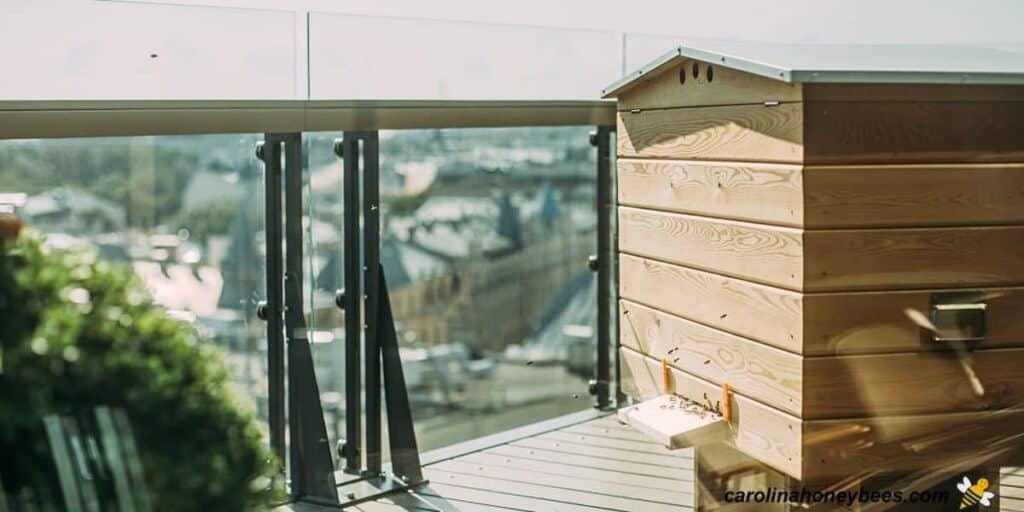Are you considering becoming a beekeeper? Or perhaps you’re just curious about the cost of bees? In this article, we will explore the various factors that determine the cost of bees and provide you with all the information you need to know.
Whether you’re a beginner or an experienced beekeeper, understanding the cost of bees is essential for planning and budgeting. So, let’s dive in and discover how much bees really cost!
Factors Affecting the Cost of Bees
When it comes to determining the cost of bees, several factors come into play. These factors can vary depending on your location, the type of bees you want to purchase, and the source from which you obtain them. Here are the key factors that influence the cost:
1. Bee Species
The species of bees you choose will greatly impact the cost. The most common species used in beekeeping are the European honey bee (Apis mellifera) and the Italian honey bee (Apis mellifera ligustica). These species are known for their gentle temperament and high honey production, making them popular choices among beekeepers. However, other species such as Carniolan bees and Russian bees may also be available, each with their own unique characteristics.
2. Bee Package or Nucleus Colony
When purchasing bees, you have the option of buying either a package or a nucleus colony. A package typically consists of a queen bee and a certain number of worker bees, while a nucleus colony includes a queen bee, worker bees, and brood (developing bees). Packages are usually cheaper than nucleus colonies, but they require more time and effort to establish in a hive. Nucleus colonies, on the other hand, provide a head start as they already have brood and a laying queen.
3. Local or Imported Bees
The source of your bees can also affect the cost. Local bees are often more readily available and better adapted to the local climate and environment. They may also have a higher chance of survival compared to imported bees. However, if you’re looking for specific traits or characteristics that are not commonly found in local bees, you may opt for imported bees. Imported bees can be more expensive due to transportation costs and potential import regulations.
4. Supplier and Location
The supplier you choose and their location can impact the cost of bees. Prices may vary between different suppliers, so it’s worth researching and comparing prices before making a purchase. Additionally, the location of the supplier can affect shipping costs if you’re ordering bees online. It’s important to consider these factors when budgeting for your beekeeping venture.
5. Time of Year
The time of year you purchase bees can also influence the cost. Bee prices tend to be higher during the spring and early summer when demand is high. This is because many beekeepers prefer to start their colonies during this time to take advantage of the favorable weather conditions for bee development. If you’re flexible with your timing, you may find better deals during the off-season.
FAQs on How Much Do Bees Cost
Q: How much does a package of bees cost?
- A: The cost of a package of bees can range from $100 to $150, depending on various factors such as the species, supplier, and location.
Q: How much does a nucleus colony cost?
- A: Nucleus colonies are generally more expensive than packages and can cost anywhere from $150 to $250.
Q: Are local bees cheaper than imported bees?
- A: Local bees are often more affordable than imported bees due to lower transportation costs and potential import regulations.
Q: Can I save money by catching a swarm instead of buying bees?
- A: Yes, catching a swarm can be a cost-effective way to acquire bees. However, it requires knowledge and experience in swarm management.
Q: Are there any additional costs associated with beekeeping?
- A: Yes, beekeeping involves additional costs such as hive equipment, protective gear, and ongoing maintenance expenses. These costs should be considered when budgeting for beekeeping.
Conclusion
Now that you have a better understanding of the factors that influence the cost of bees, you can make an informed decision when purchasing bees for your beekeeping venture. Remember to consider the species, package or nucleus colony, source of bees, supplier location, and the time of year. By doing so, you can ensure that you’re getting the best value for your investment.
Fun Fact: Did you know that a single honey bee can visit up to 2,000 flowers in a day? Bees are incredible creatures that play a vital role in pollination and honey production. So, whether you’re starting a new hive or simply appreciating the wonders of bees, their cost is a small price to pay for the benefits they bring to our environment and food production.
Originally posted 2023-08-05 23:00:32.




